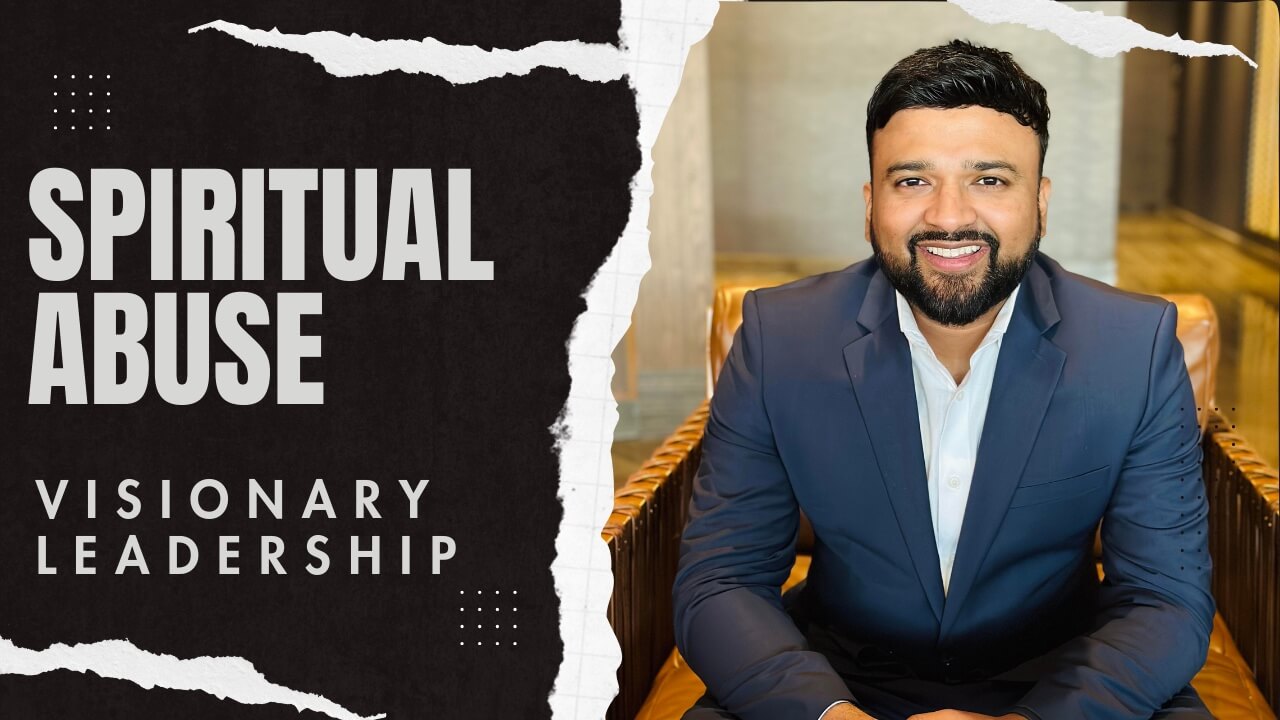Spiritual Abuse

Leave a reply
Description
Themes
Spiritual Abuse
Spiritual abuse is a widespread problem in religious communities. There are many kinds of spiritual abuse. For example, when someone utilizes their religious or spiritual beliefs in an abusive way. Also, someone may coerce others to participate in religious or spiritual activities against their will. Being denied access to critical spiritual or religious rituals is another spiritual abuse. As Adams (2022) notes, spiritual abuse is using religion, faith, or beliefs against others to gain power and control over others. Spiritual abuse may occur between individuals or within a religious community. Spiritual abuse may be practiced against persons of any faith or denomination in any religion. The definition of abuse is crucial to comprehending spiritual abuse. According to Adams (2022), abuse is a pattern of behavior in which one person (a partner or a superior) controls another via fear, intimidation, assault, or other forms of damage. Abuse is traumatic and may have long-lasting effects on a person's psyche. It would be best if people understood that the victim of abuse is never at fault. There are Different forms of spiritual abuse. For example, religious abuse. Religious abuse usually occurs inside a house of worship. There are multiple examples of religious abuse. For example, a spiritual leader uses the Bible or other religious texts to force followers to act a certain way. Another example of religious abuse is If a religious leader humiliates or shies a follower in front of other congregants using biblical or theological passages, this is a clear sign of religious abuse. Lastly, if a leader forces a follower to provide money or resources you didn't want to, it counts too. It's vital to remember that a religious leader is not the only possible perpetrator of spiritual abuse; domestic violence is also a component. When people talk of domestic violence, they often think of physical assaults like punches, kicks, and slaps, but there is much more to it than that. Unfortunately, the numerous damaging emotional and mental aspects are particularly problematic (Adams, 2022). A spiritually abusive spouse could make fun of the victim's religious views or habits. Furthermore, they make it difficult for the partner to follow their religious beliefs. They also use their beliefs as a weapon to control or intimidate their spouse. People must find solace, tranquility, belonging, and motivation in their religious or spiritual practices. If this is not the case, a person is a victim of spiritual abuse (Adams, 2022). There are multiple ways to know if an individual is spiritually abused. The typical method is if a religious leader or a significant other uses the Bible or other religious texts to control a person's wardrobe, behavior, sexuality, decision-making, parenthood preferences, or finances. In that case, this might be considered spiritual abuse. It is pretty difficult for many people to cope with spiritual abuse. There are several ways to address spiritual abuse. For instance, A person may end their involvement with the group or the partnership. Another option is to confide in a close friend or family member. Finally, they may communicate with a shelter or hotline advocate (Adams, 2022). People who have been abused question their worth for such treatment and suffer humiliation and isolation. It is vital to emphasize that abuse is never the victim's fault. It is the responsibility of the abuser to stop the abuse, whether at home or in a religious community. Visionary Leadership Visionary leadership is a leadership style that focuses on a long-term plan for the future. Leaders with visions inspire their followers to work together toward a common goal by sharing their vision for the future (DeGroat, 2014). There is usually an overlap between visionary leadership and other leadership styles, such as pacesetting, which requires someone to pave the way for their team to accomplish lofty objectives, and transformational leadership, which combines innovation with careful preparation. An effective leader must possess several characteristics that make them visionary. Firstly, a visionary leader thinks about the future (DeGroat, 2014). A vision for the future and constant evaluation of progress toward that objective are two of a visionary leader's most important leadership skills. They anticipate issues and come up with workable solutions before they become problems. They are not just innovative but also focused on the long term. Many visionary leaders have a strategic plan to go far and keep an eye on the larger picture. An excellent visionary leader understands what they and their team need to do, from quarterly goals to yearly size objectives, to succeed (DeGroat, 2014). They are also great communicators, essential for a visionary leader who requires a dedicated group of followers to bring their ideas to fruition. The leader's interpersonal and communication abilities must be top-notch to motivate their team members and get everyone working toward the same objectives. A leader with a vision is optimistic. A leader with vision will keep their eye on the prize rather than wallowing in the disappointments of the present and utilize their efforts to improve morale and encourage the team to keep pushing forward. Lastly, visionary leaders are creative (DeGroat, 2014). Visionary leaders can look beyond conventional wisdom and convention, having a firm grasp on the future and being prepared to take calculated risks and try new things to get there. The community and the team both gain significantly from having a visionary leader. For example, a visionary leader help individual achieves their desired outcomes. Leaders with an optimistic view of the future and prioritize long-term objectives are better able to rally their teams behind the company's greater mission and align its daily goals with its larger vision (DeGroat, 2014). However, leaders must strike a balance between their focus on the future and their attention to the present. Others are motivated by it as well. Besides helping others achieve their goals, visionary leaders foster unity. Leaders with a strong vision are usually well-supported by their teams because they make an effort to articulate and instill the team's shared purpose and encourage everyone to work together to achieve it (DeGroat, 2014). Team members led by a visionary leader are invested in the group's success and feel comfortable supporting the leader's plans. Leaders with a clear sense of direction should remember that their team is more than just their vision. They need to be receptive to the ideas of others on the team and take the time to listen to them if they want a better result than if they impose their own will. Lastly, they passed the team on to new members (DeGroat, 2014). Communicating vision to others in a manner that generates organic momentum inside the team's culture is a significant strength of a visionary leader. Even if the leader leaves or is replaced, the team will continue to work toward the same goals. That's a massive plus over charismatic leadership, which may leave a firm in the lurch if the charismatic leader goes. References Adams , C. (2022, October 31). Spiritualabuselecture. YouTube. Retrieved November 3, 2022, from https://youtu.be/AOA7mIYdvjk DeGroat, C. (2014). Toughest People to Love: How to Understand, Lead, and Love the Difficult People in Your Life--Including Yourself. Wm. B. Eerdmans Publishing. https://www.google.com/books/edition/Toughest_People_to_Love/oHSNAwAAQBAJ?hl=en&gbpv=1&dq=DeGroat,+Chuck.+Toughest+People+to+Love:+How+to+Understand,+Lead,+and+Love+the+Difficult+People+in+Your+Life+–+Including+Yourself.+Grand+Rapids,+MI:+Eerdmans,+2014.&pg=PP4&printsec=frontcover Pr. Lijo George Fuller Theological Seminary CN721: Mental Health Issues in Congregations 10/30/22Info

